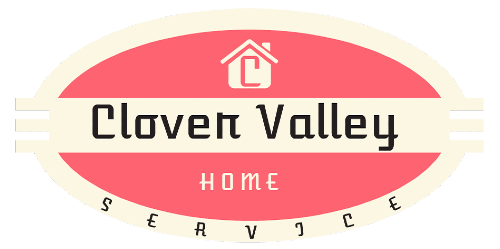How Mold and Pests in Attic Insulation Can Harm a Home
Professional insulation removal is key to addressing these issues and restoring a safe, efficient living environment.
Attic insulation is crucial in maintaining a home's comfort and energy efficiency, but when it becomes compromised by mold and pests, it can lead to serious problems. Mold growth and pest infestations in attic insulation affect not just the insulation's performance but also the home's and its occupants' health. Professional insulation removal is key to addressing these issues and restoring a safe, efficient living environment.
The Hidden Threat of Mold in Attic Insulation
Mold thrives in damp, poorly ventilated environments, making attics a prime breeding ground when moisture is present. Leaky roofs, poor ventilation, and condensation can cause attic insulation to retain moisture, creating the perfect conditions for mold growth. Once mold takes hold, it spreads quickly, compromising the insulation's effectiveness and posing health risks to the household.
Mold in attic insulation can release spores into the air, which circulate throughout the home via HVAC systems. Inhalation of these spores can trigger allergies, respiratory issues, and even more formidable health problems in individuals with compromised immune systems. The presence of mold also leads to unpleasant odors and can damage the structural integrity of wooden beams and rafters.
The Impact of Pests on Attic Insulation
Pests such as rodents, squirrels, bats, and insects often find their way into attics for warmth and shelter. Once inside, they can destroy insulation materials. Rodents, in particular, are notorious for chewing through insulation, wiring, and even wooden structures, causing significant damage affecting energy efficiency and safety.
Pests nesting in insulation contaminate it with droppings, urine, and dander, degrading air quality and introducing harmful bacteria and allergens into the home. Pests also increase the risk of diseases such as hantavirus, leptospirosis, and salmonella. Over time, the damage caused by pests reduces the insulation's ability to regulate temperature, generating increased energy bills and an uncomfortable indoor environment.
How Mold and Pests Compromise Energy Efficiency
When attic insulation is compromised by mold or pests, it loses its ability to insulate the home properly. Moist, moldy insulation becomes dense and less effective at trapping air, while pest-damaged insulation develops gaps and holes that allow heat to escape in winter and enter in summer. This makes heating and cooling systems work intensely, raising energy consumption and utility bills.
The loss of insulation performance affects comfort and places additional strain on HVAC systems, shortening their lifespan and increasing maintenance costs. Addressing mold and pest issues with professional insulation removal helps restore the home's energy efficiency and comfort.
Health Risks Associated with Mold and Pests
The health risks posed by mold and pests in attic insulation extend beyond respiratory issues. Mold exposure can lead to chronic headaches, fatigue, skin irritation, and more serious conditions like asthma or lung infections in vulnerable individuals. For households with young children, elderly residents, or individuals with pre-existing health concerns, the risks are even greater.
Pests introduce a different set of health hazards. Rodent droppings and urine contain harmful pathogens, while insect infestations can lead to bites, stings, or allergic reactions. The presence of pests also increases the likelihood of secondary infestations, as they often carry other parasites like fleas, ticks, or mites into the home.
The Importance of Professional Insulation Removal
Removing moldy or pest-infested insulation without proper equipment and knowledge can exacerbate the problem and pose health risks. Professional insulation removal services use specialized tools and protective gear to safely and efficiently remove contaminated materials, minimizing the spread of mold spores and pest debris.
Professionals conduct thorough inspections to assess the extent of the damage and underlying causes, such as leaks or entry points for pests. After removing the compromised insulation, they clean and disinfect the attic space, addressing mold or pest-related contamination before installing new insulation.
Preventing Future Mold and Pest Issues
Professional insulation removal is the primary step in protecting a home from mold and pests. Addressing the root causes of moisture and pest entry is essential for long-term prevention. Sealing gaps, improving ventilation, and repairing roof leaks help keep attics dry and less inviting to pests.
Regular inspections and maintenance verify that insulation remains in good condition and free from mold and pest damage. Professional pest control services can protect against future infestations, while moisture control solutions help prevent mold growth.
The Long-Term Benefits of Addressing Mold and Pests in Attic Insulation
Removing moldy or pest-damaged insulation restores energy efficiency, improves indoor air quality, and protects the household's health. Professional insulation removal guarantees the job is done thoroughly and safely, eliminating contaminants and preventing future issues.
Investing in professional insulation removal and replacement enhances comfort and reduces energy costs. It also lengthens the lifespan of HVAC systems and protects the home's structural integrity. By promptly addressing mold and pest issues, homeowners can enjoy a healthier, more efficient living space for years to come.

